We track reports on our discoveries in the press and other major outlets, as well as when our members report on the discoveries of others. We think it’s important to publicise our best work, because researchers are able to build upon it only to the extent that they know it.

Materials21 Mar 2024
Roll over, Newton
A team of researchers has designed a robotic metamaterial that can create topological solitons, violating Newton’s third law of motion.
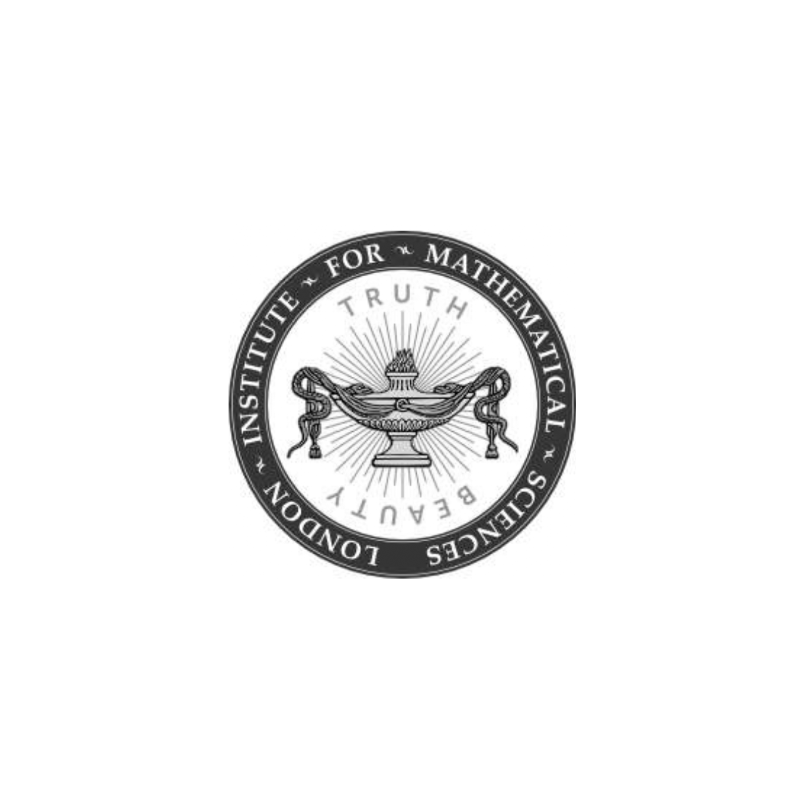
Materials20 Mar 2024
Making waves
A team including Oleksandr Gamayun has made the first mechanical metamaterial that transmits topological solitons in just one direction.

Number theory5 Mar 2024
Elliptic curve mystery
Quanta reports on work by Yang-Hui He, who co-discovered unexpected patterns in a property related to the curves’ integer roots using AI.

Evolvability11 Aug 2022
Price of immortality
In The Sunday Telegraph, our writer Thomas Hodgkinson highlights London Institute research suggesting ageing may be adaptive—and reversible.
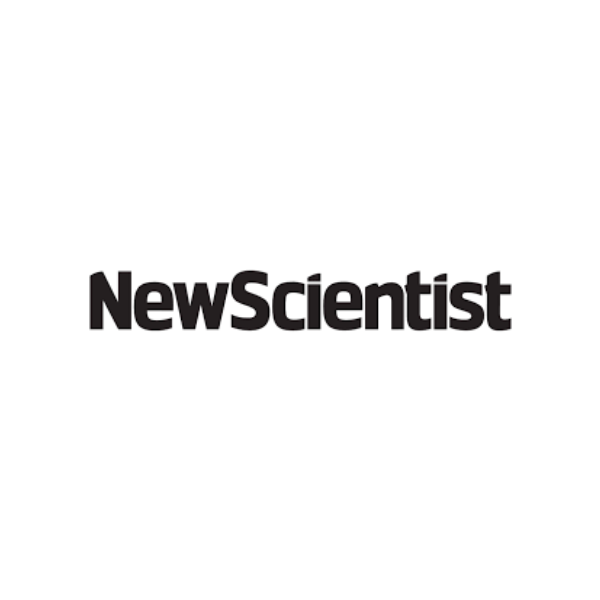
AI-assisted maths6 Jun 2022
AI helps with maths
An AI that can turn mathematics problems written in English into a formal proving language could make them easier for other AIs to solve.

Innovation24 Feb 2020
Taming complexity
Complexity may be hard to unpick, without being inherently bad. Ensure the benefits of any addition to company systems outweigh its costs.
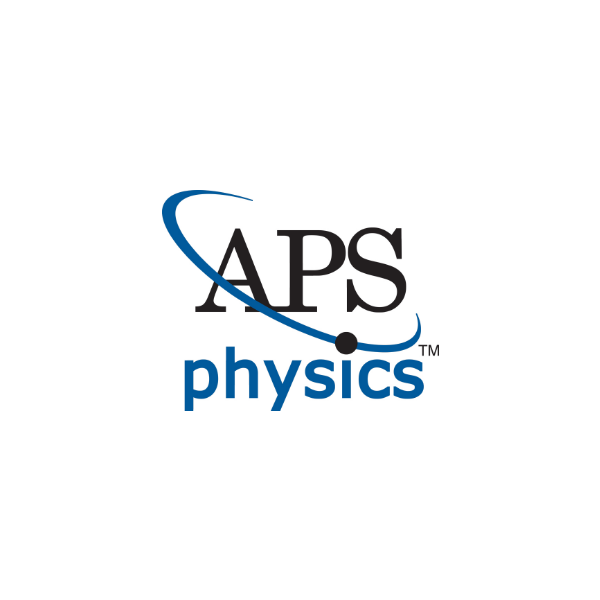
Thermodynamics31 Jul 2018
Slurry in a hurry
The 3D structures of slurries—fluids full of solid particles—can be swiftly measured using a single 2D shot and electron diffraction data.
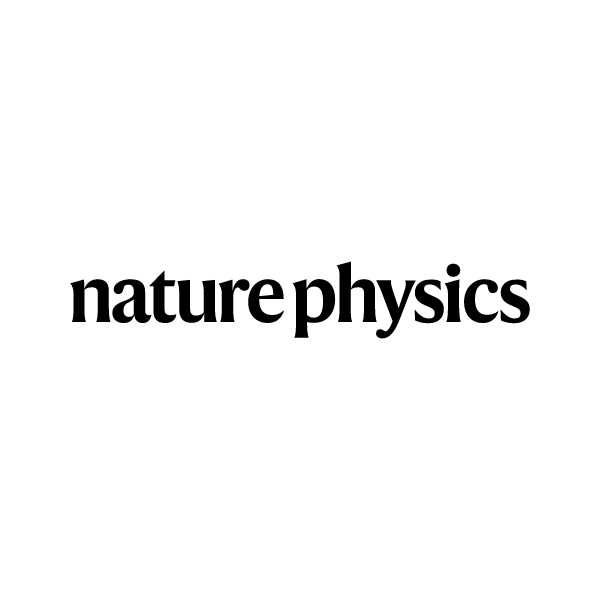
Innovation25 Sep 2017
Yes you cayenne
In innovation, the most apparently niche ingredients may turn out to be the most useful, as the structures of recipes become more complex.
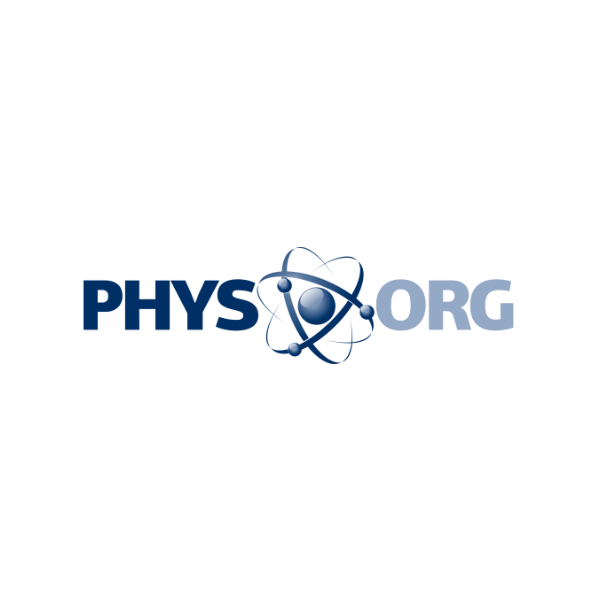
Financial risk5 Apr 2017
Fools rush in
Measures meant to stabilise economies may have the opposite effect, creating cyclical structures in the networks of contracts between banks.

Innovation6 Jan 2017
Harnessing Serendipity
Quirky and apparently mysterious, innovation is critical to sustained economic growth—and mathematics can help us understand how it works.

Network theory4 Oct 2014
Beauty in repairability
The hunt for networks that best combine efficiency with repairability, to avoid breakdown, leads to structural designs that resemble snowflakes.

Network theory3 Oct 2014
Snowflakes don't break
Snowflake-shaped networks, with redundant arms that come into use when main branches break down, are easiest to fix when disaster strikes.

Fractals20 Feb 2013
Towers of strength
The Eiffel tower is now a longstanding example of hierarchical design due to its non-trivial internal structure spanning many length scales.